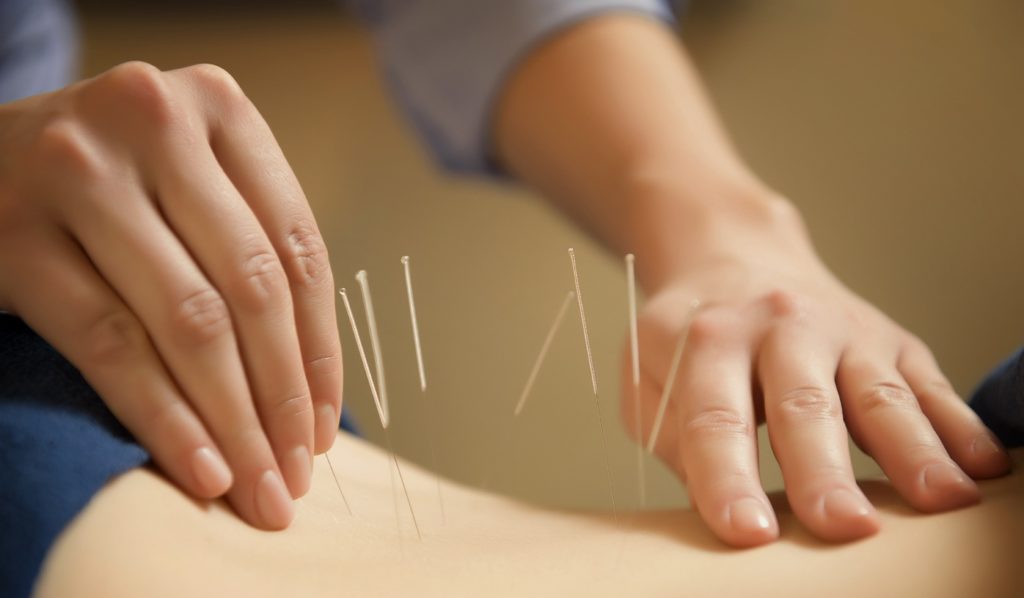
What is the Process of Acupuncture Treatment?
Acupuncture is part of the old method of Typical Chinese medicine. Conventional Chinese medication specialists believe the human body has more than 2,000 acupuncture points attached by paths or meridians. These paths create a power circulation (Qi, articulated “chee”) via the body that is in charge of overall wellness. Disturbance of the energy circulation can create disease. By applying acupuncture to specific factors, it is thought to enhance the flow of Qi, thus improving wellness.
What does acupuncture seem like?
Acupuncture treatment is done making use of hair-thin needles. Lots of people report feeling minimal pain as the needle is put. The needle is placed to a factor that generates a feeling of stress or aches. Needles might be warmed during the therapy, or light electrical current might be applied to them. Some people report acupuncture makes them feel invigorated. Others state they get relaxed.
Incorrect placement of the needle can trigger pain during therapy. Needles need to be sanitized to prevent infection. That is why it is necessary to seek therapy from a qualified acupuncture specialist. The FDA manages acupuncture needles just as it does other clinical tools under excellent manufacturing techniques as well as single-use standards of sterility.
Instead of needles, other kinds of excitement in some cases are made use over the acupuncture points, including:
- Rubbing
- Suction (cupping)
- Warm (moxibustion)
- Pressure (acupressure)
- Electromagnetic power impulses
Exactly how does acupuncture influence the body?
Acupuncture factors are believed to boost the central nerves. This, in turn, launches chemicals into the muscular tissues, spine, and mind. These biochemical changes might stimulate the body’s natural healing capabilities and advertise physical and emotional health.
NIH research studies have revealed that acupuncture is a reliable therapy alone or in the mix with traditional therapies to deal with the following:
- Nausea brought on by medical anesthesia as well as cancer chemotherapy
- Dependency
- Oral discomfort after surgery
- Frustrations
- Tennis elbow joint
- Menstrual aches
- Fibromyalgia
- Osteoarthritis
- Myofascial discomfort
- Low pain in the back
- Asthma
- Repetitive strain injury
- It might also assist with stroke recovery.
